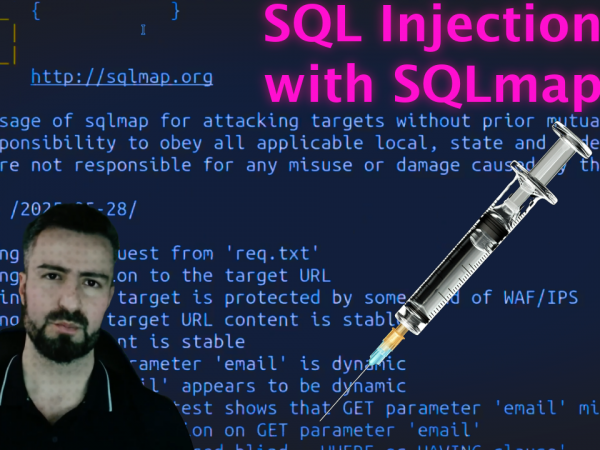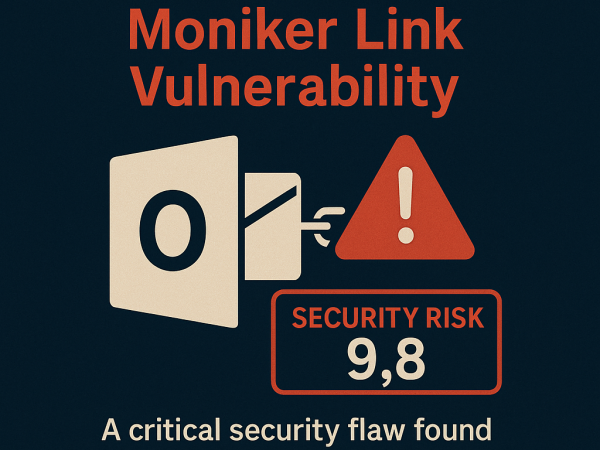We covered User Accounts Security best practices such as disabling root account login, setting password expiry date, setting password policies,etc. This was part of TryHackMe Linux System Hardening
User Accounts Security in Linux
The root account carries with it tremendous power and hence risk. You are at risk of rendering your system unbootable with a simple mistake. Using a non-root account for everyday work is recommended to avoid sabotaging your system. However, root privileges are still needed for system maintenance, installing/removing software packages, and updating/configuring the system.
Use sudo
To avoid logging in as root, the better approach would be to have an account -created for administrative purposes- added to the sudoers, i.e. group who can use the sudo command. sudo stands for Super User Do and it should precede any command that requires root privileges.
Depending on the Linux distribution, we can add a user to the sudoers group in the following ways. Some distributions, such as Debian and Ubuntu, call the sudoers group sudo. In this case, you would need to issue the following command:
usermod -aG sudo username
usermodmodifies a user account.-aGappends to group.sudois the name of the group of users who can usesudoon Debian-based distributions.usernameis the name of the user account you want to modify.
Other distributions, such as RedHat and Fedora, refer to the sudoers group as wheel. Consequently, you would need to issue the following command:
usermod -aG wheel username
The only difference is the name of the sudoers group.
Disable root
Once you have created an account for administrative purposes and added it to the sudo/wheel group, you might consider disabling the root account. A straightforward way is to modify the /etc/passwd and change the root shell to /sbin/nologin. In other words, edit /etc/passwd and change the line root:x:0:0:root:/root:/bin/bash to root:x:0:0:root:/root:/sbin/nologin.
Enforce a Strong Password Policy
The libpwquality library provides many options for password constraints. The configuration file can be found at:
/etc/security/pwquality.confon RedHat and Fedora/etc/pam.d/common-passwordon Debian and Ubuntu. You can install it usingapt-get install libpam-pwquality
Here are a few example options:
difokallows you to specify the number of characters in the new password that were not present in the old password.minlensets the minimum allowed length for new passwords.minclassspecifies the minimum number of required classes of characters; a class can be uppercase, lowercase, and digits, among others.badwordsprovides a space-separated list of words that must not be contained in the chosen password.retry=Nprompts the userNtimes before returning an error.
Disable Unused Accounts
As part of system maintenance, it is vital to disable user accounts that no longer need access to the system in question. For instance, these users might have moved to another department or quit the company.
You can disable a user account in the same way we would disable the root account. An easy way would be to edit the /etc/passwd file and set the shell of the user account we want to disable to /sbin/nologin.
Let’s say that we want to disable the account of the user Michael with username michael.
- Enabled account:
michael:x:1000:1000:Michael:/home/michael:/usr/bin/fish - Disabled account:
michael:x:1000:1000:Michael:/home/michael:/sbin/nologin
We should do the same for local services. In other words, we should set the shell to sbin/nologin for all the local service accounts such as www-data, mongo, and nginx, to name a few. The reason is that these services need accounts to run on the system but would never need to log in and access a shell. Any of these services could perhaps have an RCE (Remote Code Execution) vulnerability, and by setting the shell to nologin, we can at least prevent interactive logins for the account of the affected service.
Room Answers
What does PBKDF2 stand for?
We cannot attach external storage to the VM, so we have created a /home/tryhackme/secretvault.img file instead. It is encrypted with the password 2N9EdZYNkszEE3Ad. To access it, you need to open it using cryptsetup and then mount it to an empty directory, such as myvault. What is the flag in the secret vault?
What is the allowed UDP port?
sshd_config file?passwd file and change the account’s shell. What is the suggested value to use for the shell?What is the name of the RedHat and Fedora systems sudoers group?
What is the name of the sudoers group on Debian and Ubuntu systems?
Other than tryhackme and ubuntu, what is the username that belongs to the sudoers group?
What command would you use to update a modern Fedora system?
What two commands are required to update a Debian system? (Connect the two commands with &&.)
What does yum stand for?
What does dnf stand for?
What flag is hidden in the sources.list file?
kern.log?What command can you use to display the lines containing the word denied in the file secure?
Video Walkthrough




